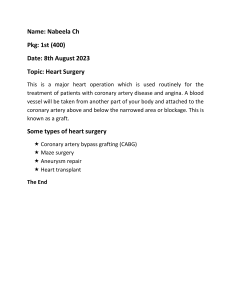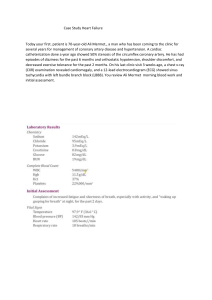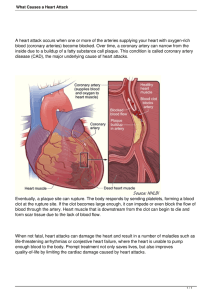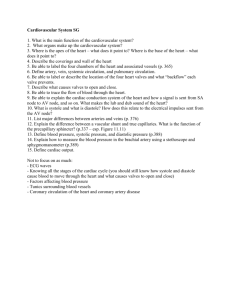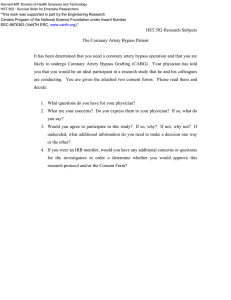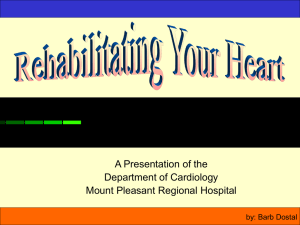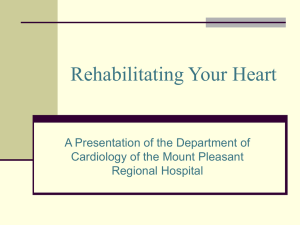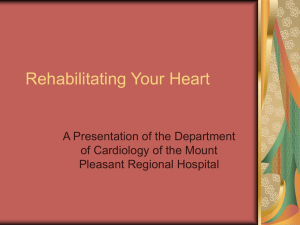click here - Kawasaki Disease Foundation
advertisement
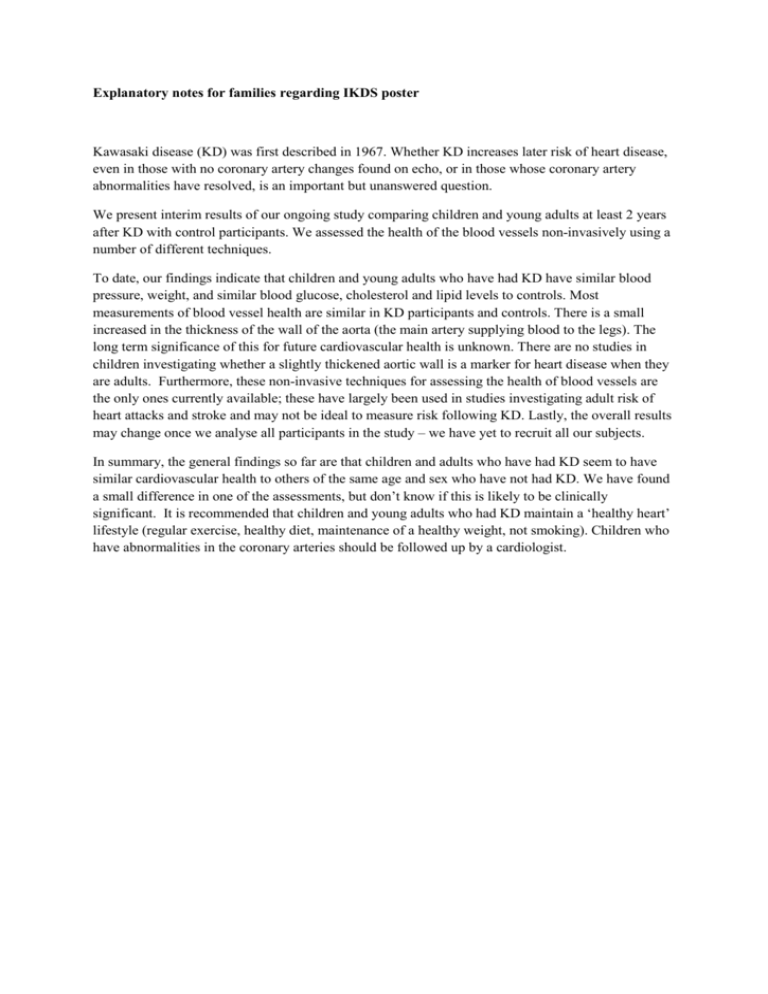
Explanatory notes for families regarding IKDS poster Kawasaki disease (KD) was first described in 1967. Whether KD increases later risk of heart disease, even in those with no coronary artery changes found on echo, or in those whose coronary artery abnormalities have resolved, is an important but unanswered question. We present interim results of our ongoing study comparing children and young adults at least 2 years after KD with control participants. We assessed the health of the blood vessels non-invasively using a number of different techniques. To date, our findings indicate that children and young adults who have had KD have similar blood pressure, weight, and similar blood glucose, cholesterol and lipid levels to controls. Most measurements of blood vessel health are similar in KD participants and controls. There is a small increased in the thickness of the wall of the aorta (the main artery supplying blood to the legs). The long term significance of this for future cardiovascular health is unknown. There are no studies in children investigating whether a slightly thickened aortic wall is a marker for heart disease when they are adults. Furthermore, these non-invasive techniques for assessing the health of blood vessels are the only ones currently available; these have largely been used in studies investigating adult risk of heart attacks and stroke and may not be ideal to measure risk following KD. Lastly, the overall results may change once we analyse all participants in the study – we have yet to recruit all our subjects. In summary, the general findings so far are that children and adults who have had KD seem to have similar cardiovascular health to others of the same age and sex who have not had KD. We have found a small difference in one of the assessments, but don’t know if this is likely to be clinically significant. It is recommended that children and young adults who had KD maintain a ‘healthy heart’ lifestyle (regular exercise, healthy diet, maintenance of a healthy weight, not smoking). Children who have abnormalities in the coronary arteries should be followed up by a cardiologist.

